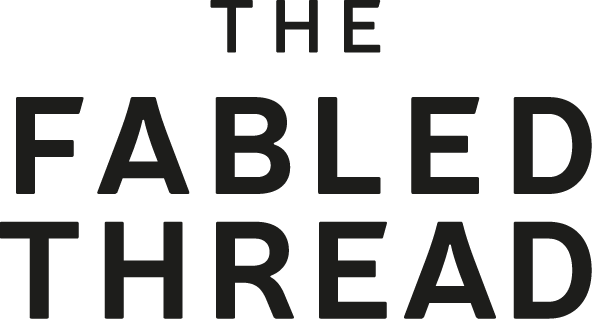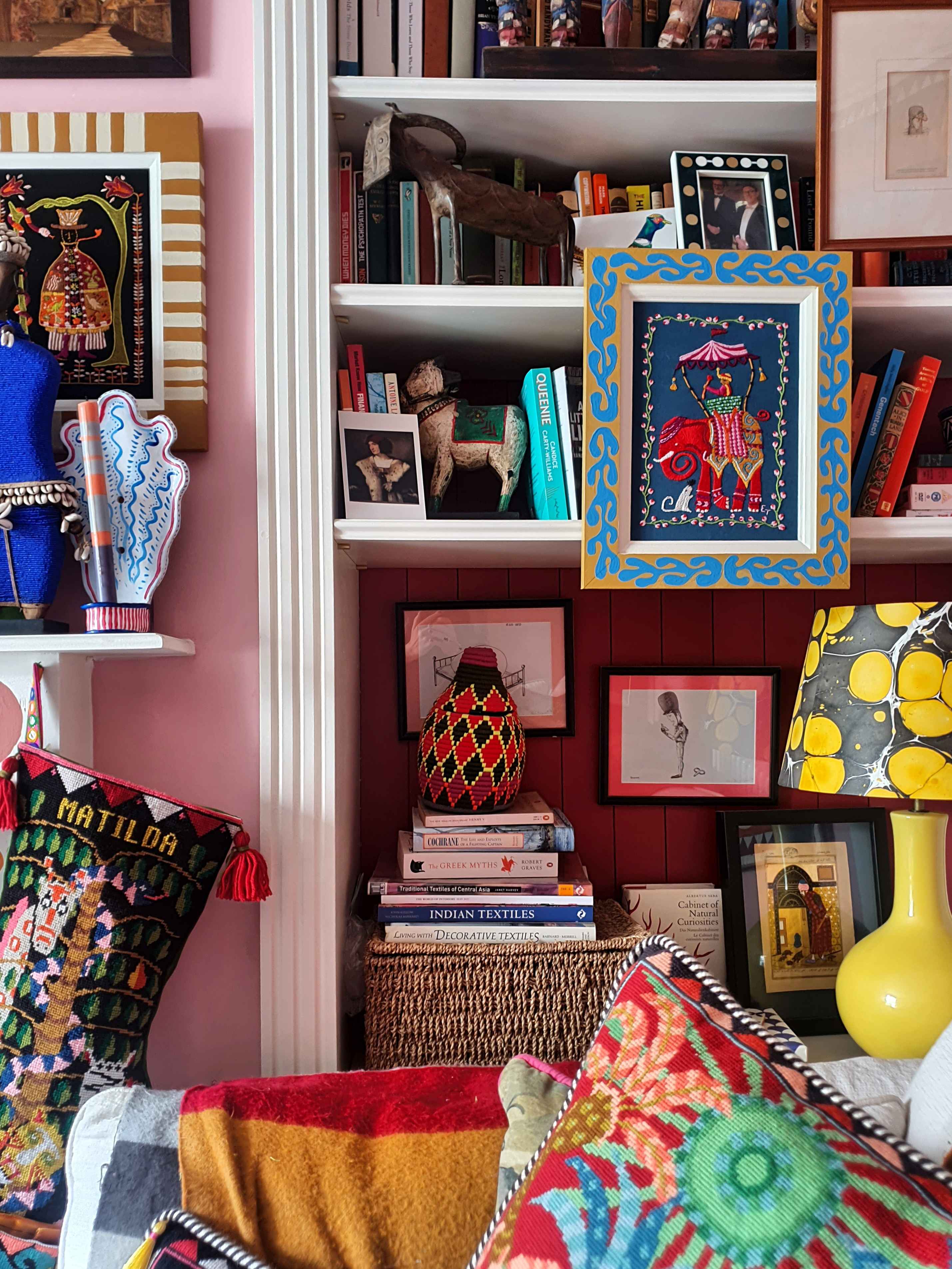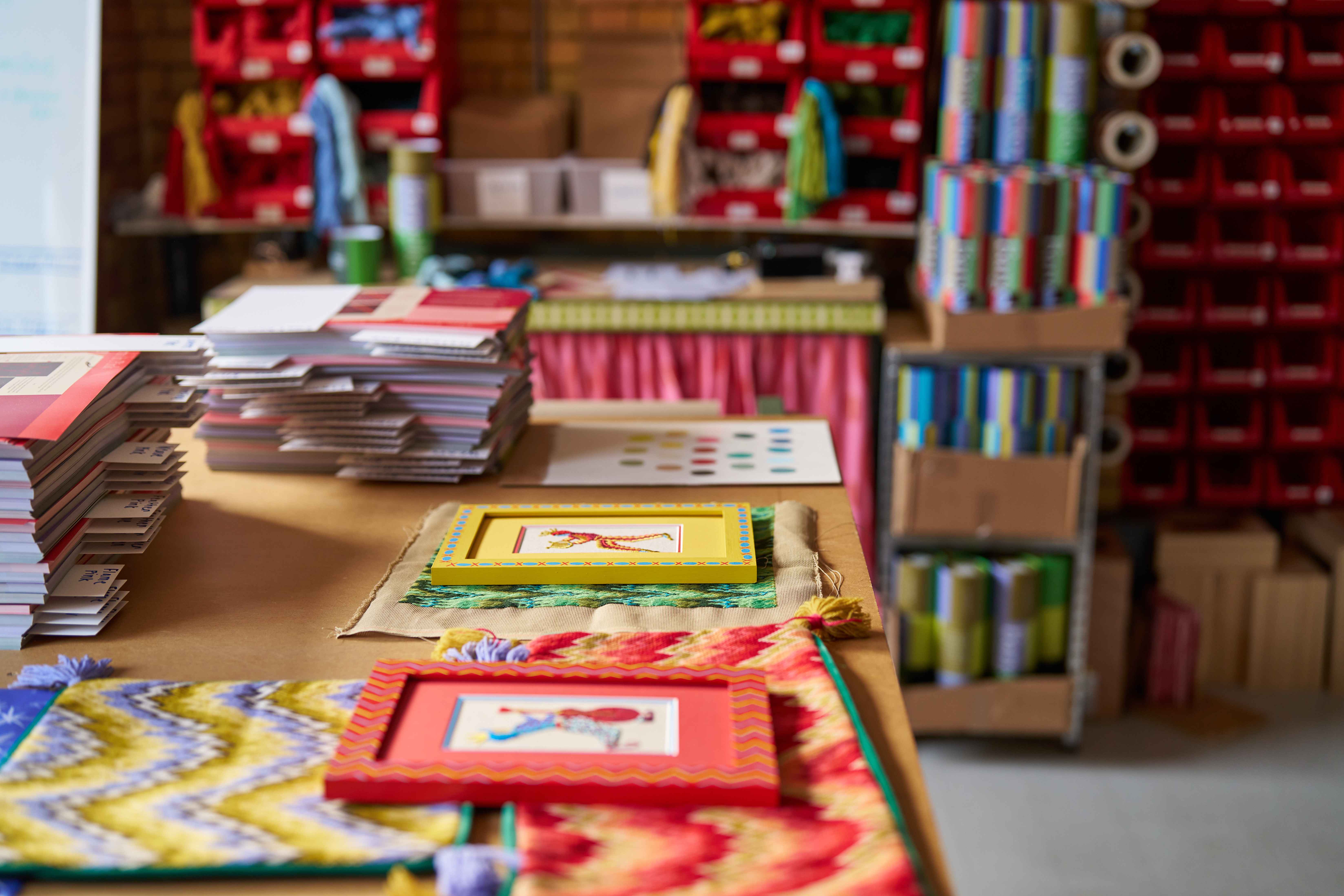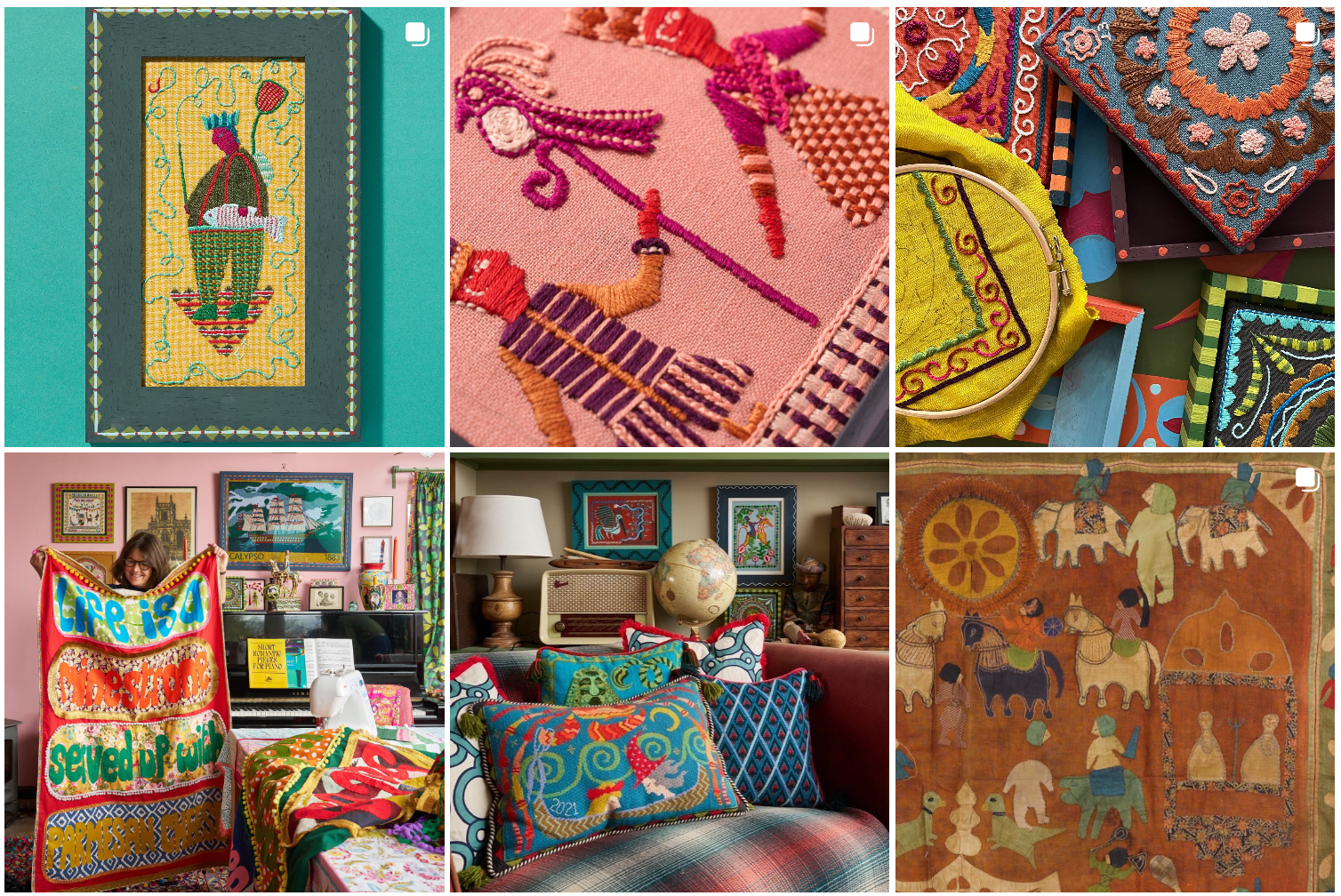
Why Are Your Kits So Expensive?
Ah yes. The question that occasionally pings its way into my inbox or comments section with a slightly nervous edge—“I love your designs, but… why are they so expensive?” It’s a completely fair question. And actually, it’s one I welcome. Because talking about pricing is really talking about values, and I think that’s worth doing out loud.
So, let’s talk about it.
When you start a business, you have a whole load of choices laid out in front of you. You get to pick what kind of life you want to build—not just for yourself, but for your team, your customers, and even your suppliers. It’s not just about what you make, but how you make it and who you make it with.
Do you want to grow fast or grow gradually and considered?
Do you want to make things cheaply or make things to last?
Do you want to know your suppliers by name?
Do you want your customers to know the reality of the business?
I made my choices. Slowly, deliberately, and with an eye on the long game—not just on the bottom line. And those choices shape every part of how our kits are made, priced, and delivered.
At face value, our embroidery kits are boxes of thread, fabric, needles, and instructions. But that’s not what you’re really buying.
You’re buying something that was made with care at every stage.
Our materials are high-quality—things that will stand the test of time, not fade or fray or unravel two years down the line. In every case possible, we source British - we work with Amy to print our fabric, with Mark to make our frames, with Diana, Emily and the team at Appletons for our wool, with Joanne and Jill on our canvases - we know the suppliers and we make the choice to work with other small businesses rather than large anonymous factories. That means our costs are higher, yes—but the result is something that feels good to use, that respects the craft, and that we can all feel proud of.
We’re not trying to win the price war. We’re trying to win hearts (and hopefully get a few more of you hooked on stitching in the process). As John Ruskin said, "There is hardly anything in the world that some man cannot make a little worse and sell a little cheaper, and the people who consider price only are this man's lawful prey"
Every single design is original. That might sound like a throwaway line—but it’s the heart of it. I spend months—sometimes years—developing each one. Many never make it out into the world. Some need reworking a dozen times. That creative process is slow, and deeply personal. I don’t have a big design team. It’s me, my sketchbook, a lot of unpicking, and quite a bit of muttering under my breath.
Just like you wouldn’t expect to price a painting based on the cost of the paint, or a book based on the price of the paper, embroidery kits deserve more respect than simply tallying up the cost of thread and fabric.
We care a lot about how our kits feel. Not just in the stitching sense—but in the experience. The unwrapping. The unfolding. The setting aside of time and space to actually make something.
That’s why our kits come in bespoke sewing bags, with quality paper instructions, and occasional surprise extras tucked in. Not to be fancy, but to help you feel excited, not overwhelmed. Because if stitching feels like a treat, you’re more likely to start. And if you start, you’re more likely to finish. And that’s where the joy really kicks in.
We want our kits to feel like a little moment of calm. A gift to yourself. And that can’t come from a flimsy plastic packet tossed through your letterbox.
Yes, of course there are cheaper ways. Mass production. Cheaper fabrics. Off-the-shelf designs. Overseas suppliers. Lower wages. Less care, less quality, more scale.
But I don’t want to build that kind of business. And that’s my prerogative.
Now, let’s talk money. Because while what you see is the kit, what you don’t see is the very long list of invisible costs that nibble away at every pound.
For starters, 20% of everything goes straight to VAT. Another 3% or so vanishes into transaction fees. Then there’s tax on profits (assuming there is a profit), studio rent, rates, insurance, website hosting, photography, packaging design, newsletter platform fees (truly eye-watering), and a long list of other not-very-glamorous but entirely essential things. Every kit contributes to those running costs.
This isn’t a side hustle. It’s a full-time job. For me and for my team.
We don’t price our kits to get rich. We price them so we can keep going. So we can pay our team fairly. So we can keep making original work, with quality materials, in a way that reflects our values. So we can stay independent. So we can love our work.
That’s the reality. Not everyone can or will want to spend £80 on a kit—and I completely understand that. I know our prices mean we’re not accessible to everyone. But the choices that go into our kits are part of what makes them what they are.
That said, we do try to offer a range. We have more accessible designs, like the Jabberwocky and Musicians, that still carry the same care and creativity, just with a smaller price tag. And we’ll continue to offer different options where we can.
As Alice and Louise of Art Juice once wisely said—if you’re ever questioning your pricing, just remember that Gucci sell mass-produced beanie hats for £400. Let that one sit with you for a moment.
Small businesses get asked to justify their prices far more than large ones. And that’s okay - you're far more likely to actually get an answer if you ask a small business. And whilst curiosity is good, and I believe in transparency, it's always good to show some sensitivity to the person you are asking. Remember that pricing reflects values, not just materials. Behind every price is a whole set of decisions about how we work, who we work with, and what we believe in.
And I’m proud of mine.





